خشونة السطح مؤشر مهم لقياس التفاوت المجهري لسطح القطعة، مما يؤثر بشكل مباشر على مقاومتها للتآكل، وخصائص ملاءمتها، ومتانتها تحت التعب، وأداء الختم، ومظهرها. في عمليات التشغيل بالتحكم الرقمي، يُعدّ التحكم الدقيق في خشونة السطح أساسًا لقياس جودة التشغيل.
أولا: المفاهيم الأساسية: را و ر زد
ستواجه في أغلب الأحيان معامِلَين:
Ra (الانحراف المتوسط الحسابي): هو المؤشر الأكثر استخدامًا. وهو المتوسط الحسابي للقيم المطلقة لإزاحة المحيط ضمن طول العينة. كلما كانت قيمة Ra أصغر، كان السطح أكثر نعومة.
· فهم بديهي: يعكس Ra فرق الارتفاع المتوسط للسطح. على سبيل المثال:
· Ra 0.8 ميكرومتر: علامات معالجة مرئية، ولكنها ناعمة عند اللمس (يمكن تحقيقها من خلال الطحن الدقيق والتحويل الدقيق).
· Ra 1.6 ميكرومتر: علامات معالجة مرئية قليلاً (متطلبات قياسية عامة للمعالجة الدقيقة).
· Ra 3.2 ميكرومتر: علامات المعالجة المرئية (القيمة المشتركة للتشطيب شبه النهائي).
· Ra 6.3 ميكرومتر: علامات أداة مرئية بوضوح (في الحالة التي تكون عليها بعد التشغيل الخشن).
· Rz (أقصى ارتفاع): المسافة بين خط ذروة المحيط وخط أسفل الوادي ضمن طول العينة. يُولي هذا الارتفاع اهتمامًا أكبر للقمم والوديان الشديدة على السطح، والتي تُعدّ أكثر أهمية للأداء، مثل الختم.
ببساطة: ينظر را إلى "المستوى المتوسط"، بينما ينظر رتز إلى "الوضع المتطرف". بشكل عام المعالجة الميكانيكية، يتم استخدام Ra بشكل أكثر شيوعًا.
ثانيًا: أربعة عوامل رئيسية تؤثر على خشونة السطح
يتضمن التحكم في خشونة السطح أساسًا التحكم في التفاعل بين أداة القطع وقطعة العمل. ويمكن تلخيص العوامل المؤثرة الرئيسية في أربع نقاط:
1. معلمات القطع (جوهر برنامج CNC)
سرعة القطع (Vc): عادةً ما تُعد زيادة سرعة الدوران/السرعة الخطية الطريقة الأكثر فعالية لتحسين التشطيب. فالسرعات العالية تُقلل من تكوّن الحواف المتراكمة (BUE)، مما يجعل عملية القطع أكثر سلاسة، وبالتالي الحصول على سطح أكثر نعومة.
معدل التغذية (F): يُعدّ هذا أحد أهم العوامل المؤثرة على الخشونة. يؤدي خفض معدل التغذية إلى تقليل ارتفاع علامات الأدوات المتبقية على السطح المُشَغَّل مباشرةً (الخشونة النظرية تتناسب طرديًا مع مربع معدل التغذية).
عمق القطع (Ap): عادةً ما يكون تأثيره على الخشونة غير مباشر. قد يُسبب عمق القطع الزائد اهتزازًا وتشوّهًا للأداة، مما يُؤدي إلى تدهور جودة السطح.
2. اختيار الأدوات
نصف قطر قوس الطرف (Re): زيادة نصف قطر قوس الطرف أداة فعّالة أخرى لتحسين خشونة السطح. فزيادة نصف قطر القوس تجعل علامات الأداة أكثر سلاسة، وتُخفّض بشكل ملحوظ قيمة الخشونة النظرية.
· مادة الأداة والطلاء: يمكن للطلاءات ذات مقاومة التآكل الجيدة (مثل TiAlN) والركائز الأكثر صلابة (مثل كربيد الأسمنت) الحفاظ على حافة القطع حادة وتقليل تدهور السطح الناجم عن التآكل.
تآكل الأدوات: الأدوات البالية هي العامل الأبرز في إضعاف جودة الأسطح. فالشفرة غير الحادة تضغط على المادة بدلًا من قطعها، مما يُسبب نتوءات وتمزقات وزيادة حادة في خشونة السطح. يجب فحص أدوات القطع واستبدالها بانتظام.
3. أدوات الآلات والمشابك
· صلابة/حالة أداة الآلة: تكون أدوات الآلة القديمة ذات الخلوص في محامل العمود الرئيسي عرضة للاهتزاز (الرفرفة)، مما يترك علامات اهتزاز واضحة على السطح ويضر بالخشونة بشكل خطير.
صلابة تثبيت قطعة العمل: يجب تثبيت قطعة العمل بإحكام. أي اهتزاز طفيف سينعكس على السطح المُشَغَّل.
· دقة تثبيت الأداة: إن استخدام حاملات الأدوات عالية الجودة (مثل حاملات الأدوات ذات الانكماش الحراري أو حاملات الأدوات الهيدروليكية) يمكن أن يقلل من انحراف الأداة، ويضمن مشاركة جميع حواف القطع في القطع بالتساوي، وتحقيق تشطيب سطحي متسق.
4. خصائص المواد
صلابة ومتانة المواد: المواد اللزجة (مثل الألومنيوم والفولاذ المقاوم للصدأ) أكثر عرضة لتراكم الحواف، حيث تلتصق الرقائق بحافة القطع وتُمزق السطح المُشَكَّل. أما المواد الهشة (مثل الحديد الزهر) فتتمتع بسطح أملس أكثر.
· التبريد والتزييت: الاستخدام الصحيح لسائل التبريد له أهمية حيوية.
بالنسبة للمواد مثل سبائك الألومنيوم، فإن كمية كافية من سائل التبريد قادرة على إزالة الرقائق، ومنع الخدوش على السطح الميكانيكي، وخفض درجة الحرارة.
بالنسبة للفولاذ المقاوم للصدأ وسبائك التيتانيوم والمواد الأخرى، فإن استخدام سائل تبريد قائم على الزيت أو سائل تبريد عالي الضغط يمكن أن يعمل على التشحيم بشكل فعال ويقلل من قوة القطع ويمنع تراكم الحافة.
ثالثًا: المهارات والحلول العملية
الظواهر الإشكالية، الأسباب المحتملة، الحلول
توجد علامات اهتزاز منتظمة على سطح أداة الماكينة/قطعة العمل/اهتزاز الأداة (رفرفة). 1. تحقق من صلابة التثبيت وحسّنها. 2. اضبط معلمات القطع (اضبط سرعة الدوران أو معدل التغذية بدقة) لتغيير تردد الاهتزاز. 3. قلّل طول الحافة الخارجية لأداة القطع واستخدم حافة أكثر سمكًا.
توجد مواد ممزقة ومتشققة ملتصقة بالأداة على السطح، والحافة المتراكمة حادة. ١. زيادة سرعة القطع. ٢. استخدام أدوات حادة ذات أخاديد تلميع. ٣. زيادة تركيز سائل التبريد ومعدل تدفقه، أو التبديل إلى سائل تبريد ذي قدرة تشحيم أفضل.
خشونة السطح غير المستوية وتآكل الأدوات: 1. فحص الأدوات المتآكلة واستبدالها. 2. تحسين مسار المعالجة لتجنب بقاء الأداة في الزاوية لفترة طويلة.
تعذّر الوصول إلى قيمة Ra المستهدفة. تركيبة المعلمات غير منطقية. ١. حاول تقليل معدل التغذية (F) أولًا. ثانيًا، حاول زيادة سرعة المغزل (S). ٣. استبدل الأداة بأخرى ذات نصف قطر طرف أكبر (Re).
مشكلة برمجة مسار الأداة لاختلاف الخشونة في مناطق محددة: 1. استخدام مسافة خطوة أصغر (خطوة) أثناء التشغيل النهائي (عادةً أقل من 10% من قطر الأداة). 2. عند إنهاء المحيط، استخدم أقواسًا للدخول والخروج لتجنب الاختراق المباشر لقطعة العمل.
رابعًا: استراتيجيات ضبط المعاملات الكلاسيكية (مع أخذ المعالجة الدقيقة كمثال)
للحصول على سطح أكثر سلاسة (مثل Ra 0.8)، يرجى إجراء التعديلات بالترتيب التالي حسب الأولوية:
الخيار الأول: خفض معدل التغذية (F). هذه هي الطريقة الأكثر مباشرة وفعالية.
الخيار الثاني: زيادة سرعة القطع (Vc/S). مع ذلك، يجب مراعاة السرعة المُصنّفة لأداة القطع وسعة الآلة.
٣. مرة أخرى: زد نصف قطر القوس عند طرف السكين (Re). إذا سمحت الأداة والبرنامج بذلك.
٤. الحل الأخير: استخدم شفرة تلميع. بعض أدوات القطع الحديثة مزودة بحواف قطع مصقولة خصيصًا، مما يُحقق خشونة سطحية منخفضة للغاية حتى عند معدلات تغذية أعلى.
وأخيرا، لا تنسى:
· القياس: قم بتقييم النتائج بشكل موضوعي باستخدام مقياس خشونة السطح بدلاً من الاعتماد فقط على العين المجردة واللمس.
· التواصل مع الموردين: يمكن لموردي الأدوات تقديم اقتراحات المعلمات للمواد المحددة وأنواع المعالجة.
· التجربة والتسجيل: قم بإجراء عمليات قطع تجريبية بسيطة، وسجل مجموعات المعلمات الناجحة، وأنشئ مكتبة معلمات المعالجة الخاصة بك.
من خلال فهم العوامل المذكورة أعلاه بشكل منهجي وتطبيق هذه التقنيات بمرونة، ستتمكن من التنبؤ بخشونة السطح والتحكم فيها بشكل فعال تصنيع باستخدام الحاسب الآليوإنتاج منتجات ذات جودة أعلى.













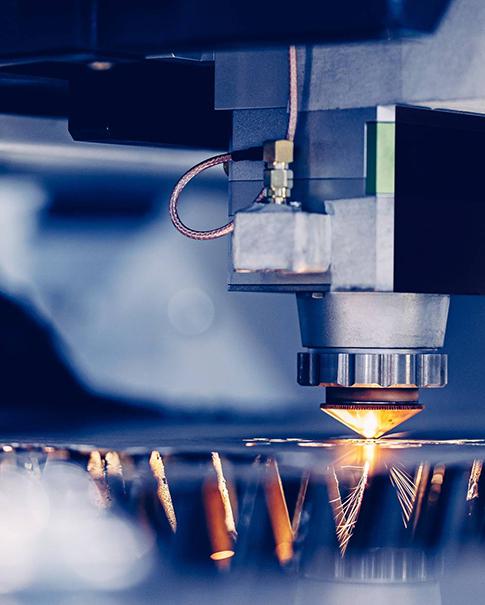
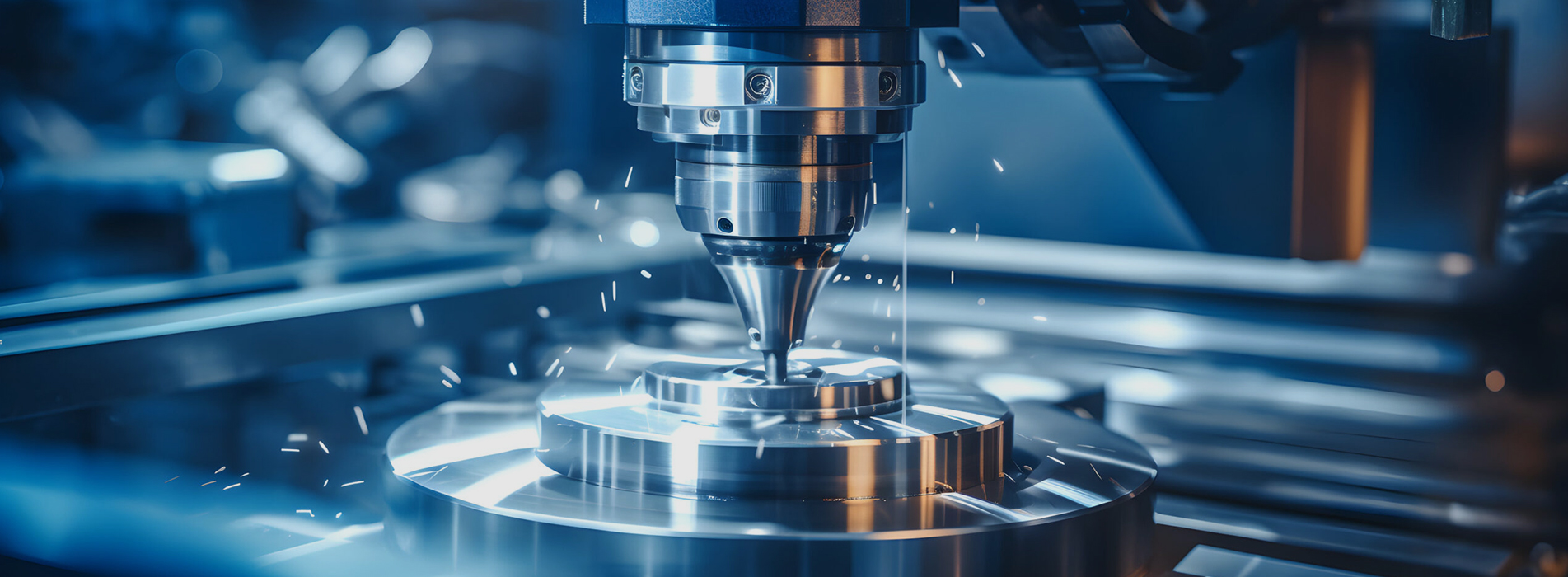
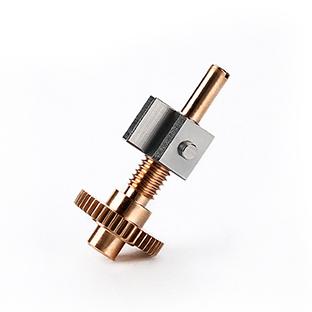
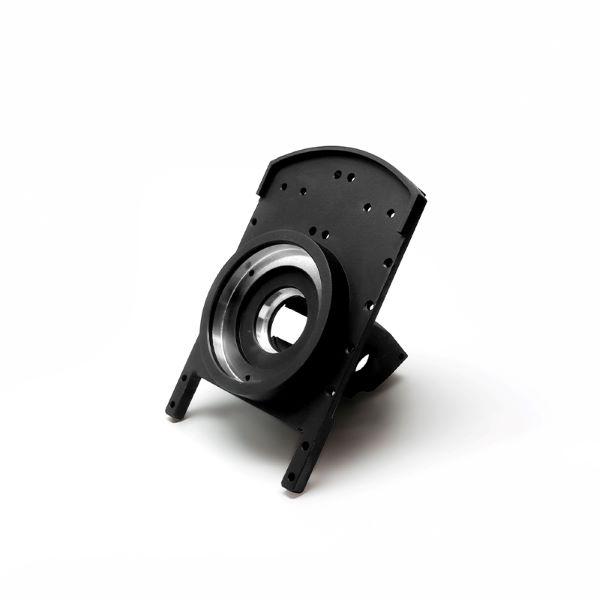
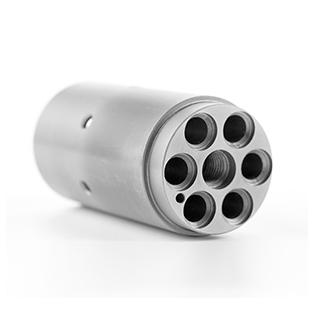
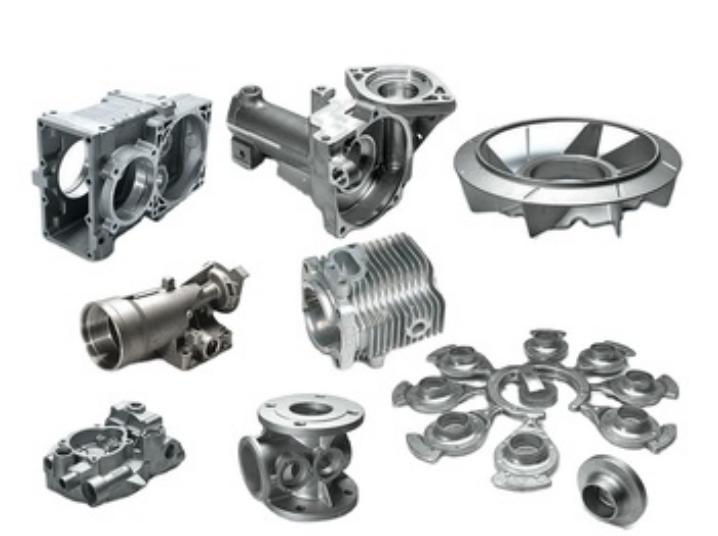
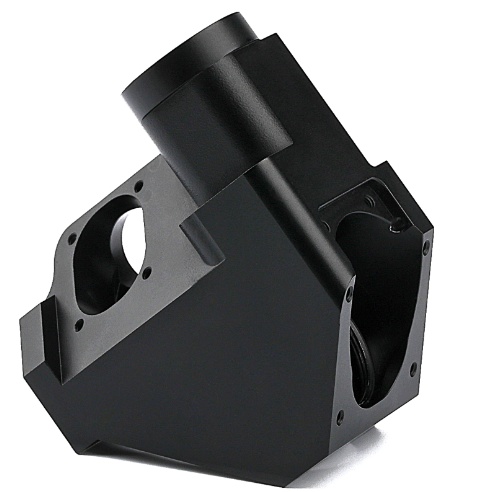
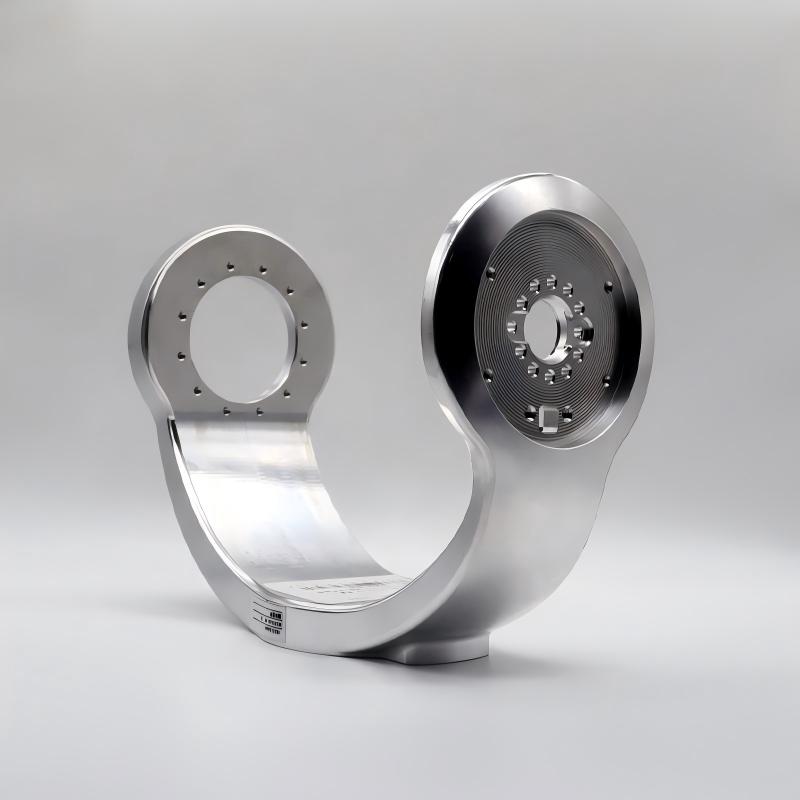
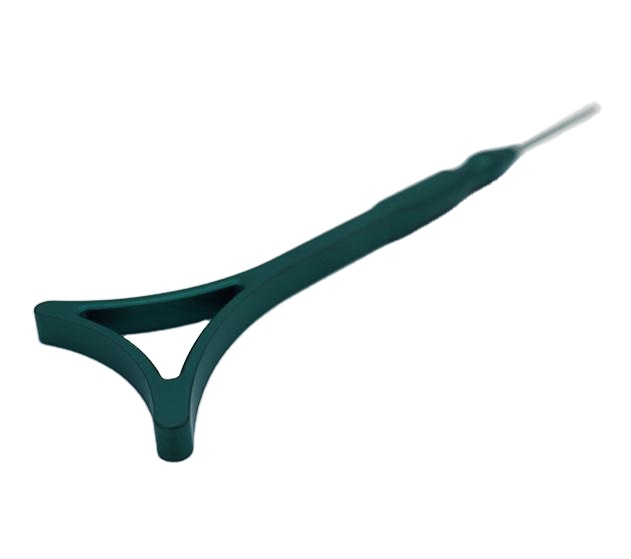
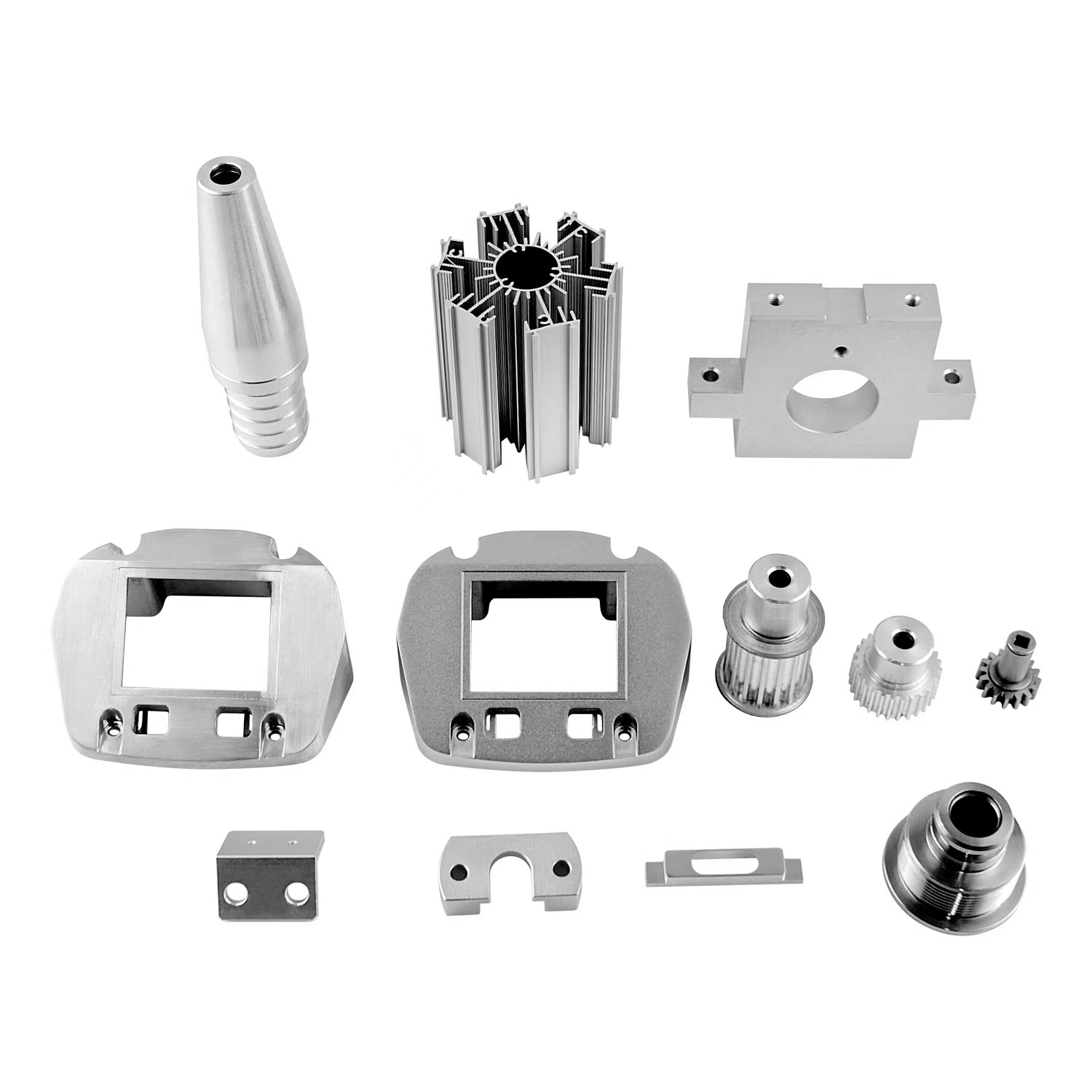
 اشترك في النشرة الإخبارية لدينا
اشترك في النشرة الإخبارية لدينا






